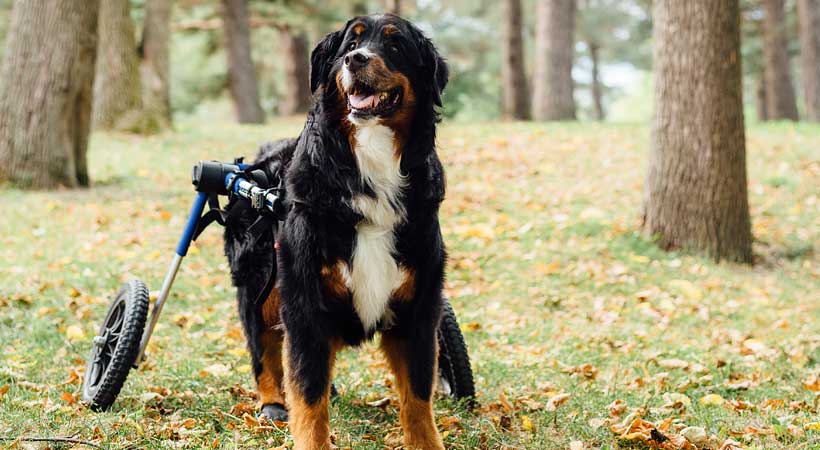Life Expectancy in Dogs with IVDD: How Age, Breed, and Weight Affect Prognosis

Symptoms of Your Dog's Seasonal Allergies
With the change of season and dramatic change in temperature, come new allergy concerns. Fall allergies are no fun for humans. but does your dog have seasonal allergies?

Nearly 10% of dogs suffer from outdoor allergies. Dogs have a hyper sensitive immune system, causing them to be susceptible to pollen. As dogs run through dry grasses and weeds in the falls they stir up any pollen that may have landed causing them to breath in even more pollen. Seasonal allergies can worsen year over year, you should always check with your veterinarian if you see signs of canine allergies.
Allergy Signs to Look Out For:
- Itchy Skin
- Itchy, Runny Eyes
- Eye Infections
- Red, Irritated Skin
- Bumps on the Skin
- Loss of Coat
- Sneezing
Although Fall and Spring tend to be the most common months for airborne allergens, allergies occur year-round. For sensitive paws, dog boots create a barrier between your dog's paw pads and any allergens on the ground.
The best way to treat allergies is prevention, if you see any signs of your dog suffering from bad allergies always speak with your Vet.
5 Simple Ways to Limit Allergen Exposure
- Keep your car windows closed
- Protect your dog's feet by wearing dog boots
- Frequently bathe your dog
- Vacuum the house regularly
- Exercise your dog regularly to support overall health
With a little help from your Vet and an awareness of the signs to look out for canine allergies are manageable. Continue to bring your dog for walks outdoors, letting them enjoy the change in season. Don’t let allergies get in your way, have fun and enjoy the great outdoors.









